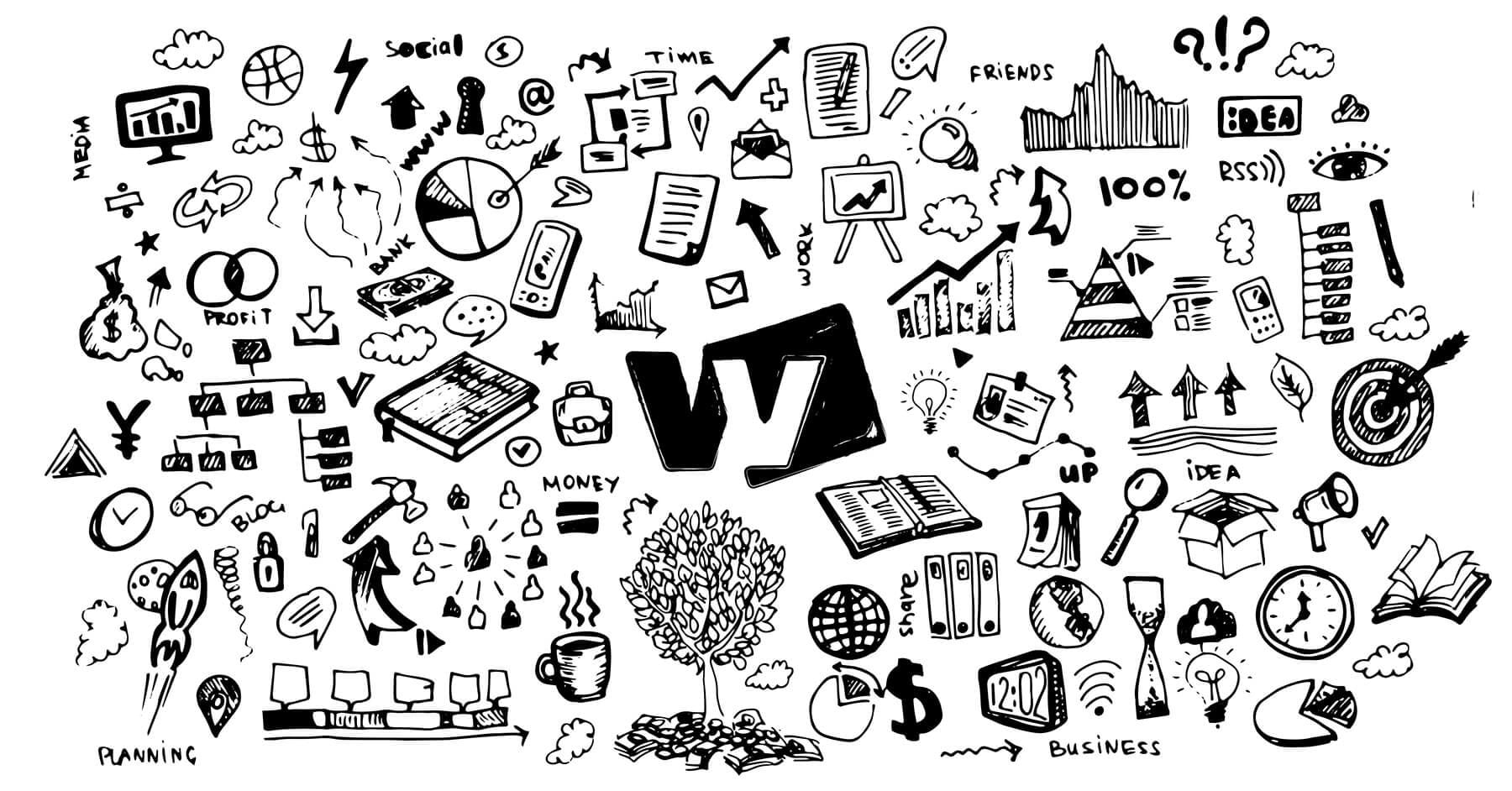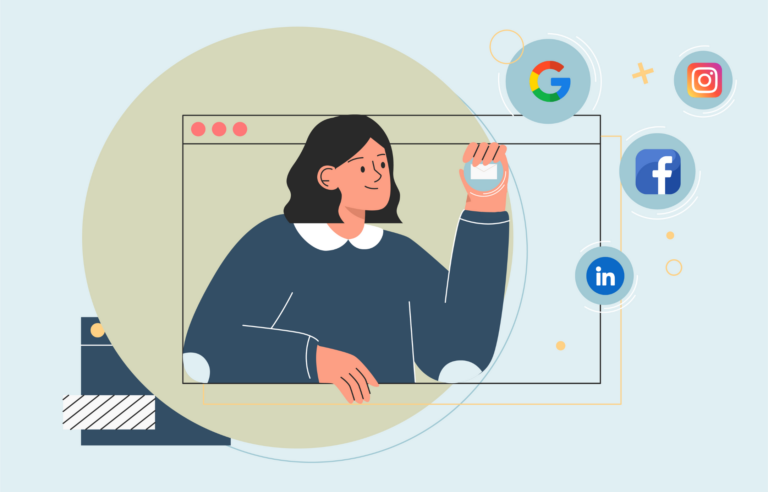
Doodling is thinking in disguise!
From a young age, I always seemed to find myself drawing or sketching on whatever paper was laying around the house. At the time, doodling was just a fun pass time but as I grew older and saw the same traits blend into my business I came to realize I had always been, and will likely always be a visual learner.
We may not always doodle on purpose but somehow as our meetings play in the background we fill the margins of our notepad with shapes, names in cursive and block letters, or the pointy ‘S’ we all drew in the ‘90s.
As a visual learner, I wonder why many consider doodling to be just a distraction since it has been studied to be the opposite. According to research, all that free-form scribbling can help people stay focused, grasp new concepts, and retain information, which is why doodling is always welcomed…and encouraged at WDC. A blank page serves as an extended playing field for the brain, allowing people to revise and improve on creative thoughts and ideas.
Humans are, in general, bad at multitasking. Studies have shown that performance suffers significantly when people try to polish off several tasks at once. Doodling and using fidgeting tools, however, is about the only thing our brains can take on when we’re already doing something else. It’s mindless enough not to cause “cognitive overload,” but appealing enough to prevent spacing out.
In fact, the minimal attention required for doodling appears to boost focus and memory. According to a 2009 study in Applied Cognitive Psychology, 40 people listened to a recording and wrote down what they remembered. Researchers told half of the participants to doodle during the recording, and those participants recalled almost 30% more information than the non-doodlers.
Some people use doodles to visually connect difficult concepts. You could doodle while in a difficult brainstorming session to better solidify the ideas you’re hearing from your peers. Or you could use doodling to better explain concepts to a group of professionals. Below are ways doodling makes meaningful marks that help us think:
- Increase our ability to focus (especially when handling dull or complex subject matter),
- Increase information retention and recall,
- Activate the “mind’s eye,” or the portions of the visual cortex that allow us to see mental imagery and manipulate concepts,
- Enhance access to the creative, problem-solving, and subconscious parts of the brain, while allowing the conscious mind to keep working.
Doodler DNA Is Welcome In The Office
The doodle is the perfect office tool: It’s user-friendly, it costs next to nothing to adopt and it’s accessible to all of us—not just the artistically inclined. What’s more, the doodle is the friendliest stepping-stone imaginable to mapping out serious processes and design challenges. To apply doodle power at work, we first need to give ourselves permission to doodle.
Whether doodling is a passion or a pass time, grabbing a pen and some paper can be just the creative release your brain needs during a hectic workday. Doodling is an incredible and powerful tool in the business environment. Ready to have an in-depth and visual experience about new ideas for your business? Let’s celebrate our doodles together.



